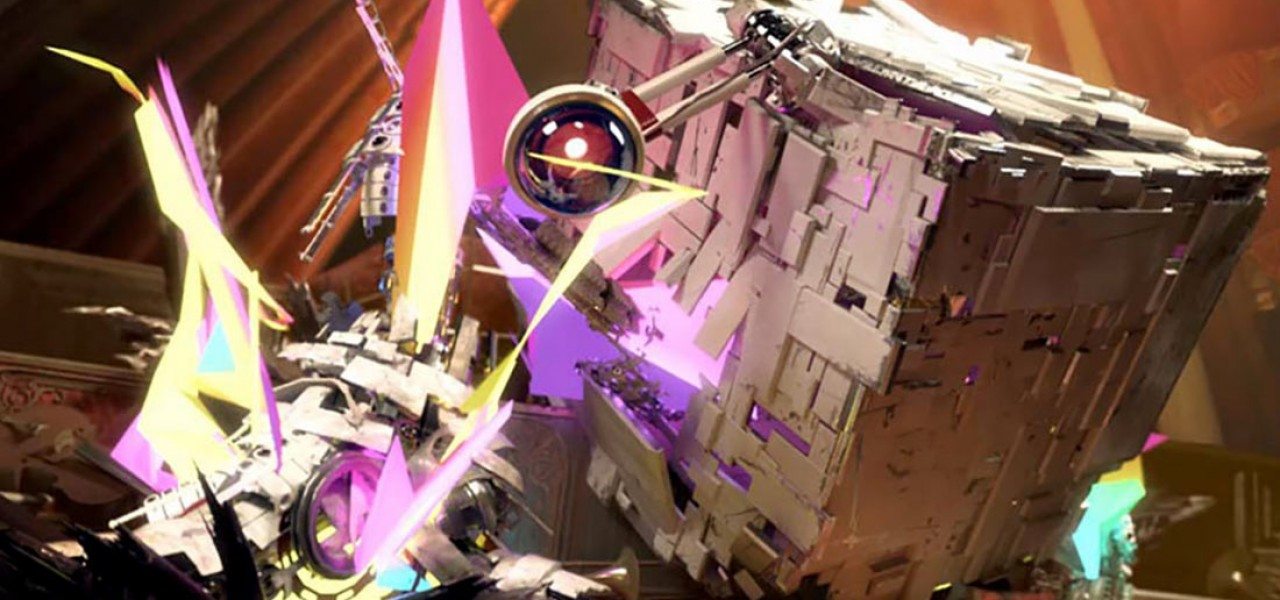
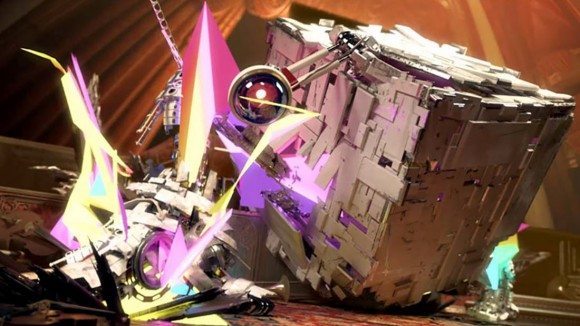
‘Symphony of Two Minds’ by Valere Amirault (Exclusive Premiere)
Cartoon Brew is proud to offer the exclusive Internet premiere of Symphony of Two Minds, a new animated short from director Valere Amirault and French studio Mécanique Générale.
A mix of influences
Watching the film, it can be hard to pin down what exactly Symphony ‘is.’ It starts off with two obscure aristocratic characters in conversation mid-meal until one of the nobles begins imagining anime cartoon elements, with quite outlandish consequences.
But what might seem like a strange mix is actually precisely what Amirault intended. “Trying to find a mix between totally different influences and making it work has always been a big passion of mine,” the director told Cartoon Brew. “That’s what my last short 8BITS was also about. This time I really wanted to experiment with a different style of direction, a more natural one.”
8BITS was Amirault’s 2010 graduation film from the prestigious French 3D animation school Supinfocom. He then worked in London and New York on commercials before heading to Paris-based Mécanique Générale, an animation studio founded in 2008 that began in 3D prints but now delivers commercial, short-form, and personal CG projects.
Symphony of Two Minds, one of those personal projects completed at Mécanique Générale, was initially a much longer and perhaps even more audacious film about two people traveling through time as they fled a giant robot. At some point, however, Amirault and his collaborators realized that approach would be too big to achieve so they focused on just one scene in order to explore the mixed influence style.
Below, watch some unused footage from the original script that depicted time travel:
Designing something different
It’s clear that Symphony of Two Minds is different and again, that’s a clear intention from Amirault who wanted to move away from a Pixar or video game cinematic style. “These work really well, but lack the diversity and audacity that you would find in independent live-action movies,” the director said.
Armed, then, with that view on the state of 3D films, Amirault began crafting his film in a slightly unusual manner: by skipping to 3D previsualization without any storyboarding. As an animator, the director was comfortable in roughing-out the scenes then finding interesting angles, a process he noted was akin to working with different takes of the same actor, where you might end up using footage in a different way than first intended.
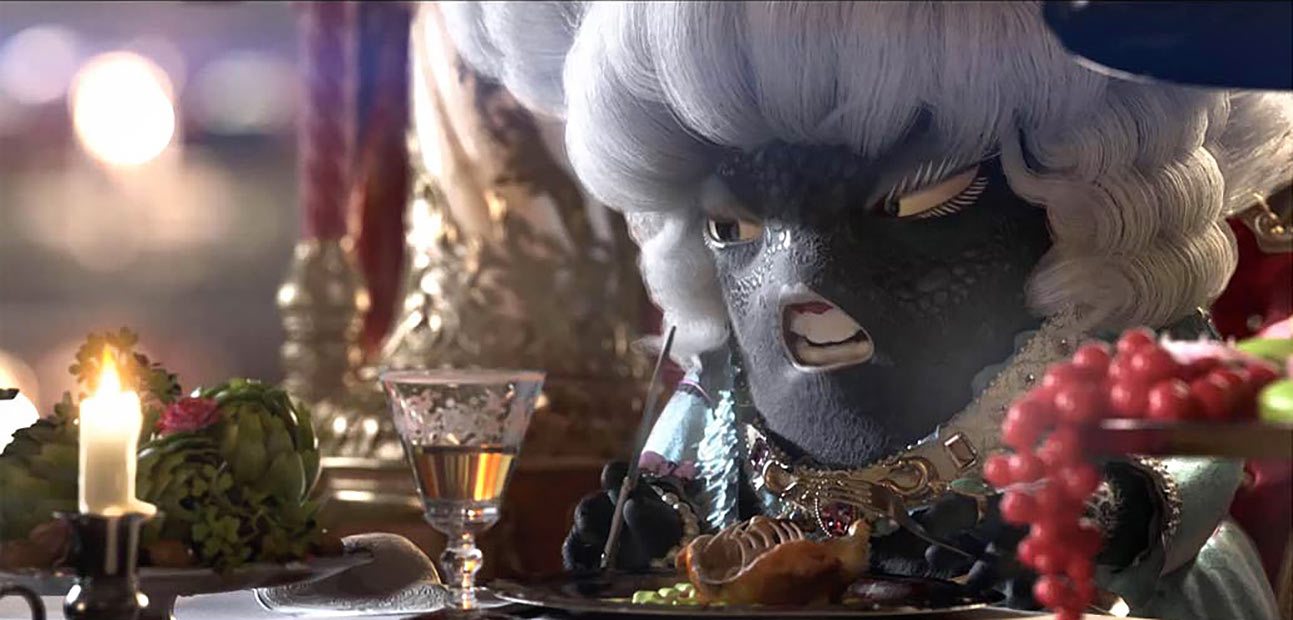
In addition, the short’s main characters are decidedly non-human. It was Amirault’s response to the ‘uncanny valley’ effect that can come when trying to achieve ultimate realism. This is also where Amirault drew on inspiration from other mediums like anime, particularly in character design. He was impressed by how two little black dots on an object could instantly turn it into a character. “Removing pupils, for example, makes someone appear really mysterious and gives the viewer more work to interpret what that character is thinking.”
Naturalistic animation
Before animation, Amirault recorded himself saying the lines with different intentions, and completed the previs in what he says was a clumsy, interpolated way. The result was extra subtleties in the final animation, such as head movements at what might first appear to be the wrong time and crispation of the hand. “It’s like your characters start to improvise on top of your animation,” he explained.
Of course, the naturalistic animation gives way to something much more extreme when the anime components begin showing up. Here, the idea was that the robot in the film would bring the world of traditional animation with him, which is actually what the original characters want to run away from. Amirault suggests that his intention was to show that the limitations of the medium you’re dealing with always reappear at some point.

For these 2D-animated and anime-like elements, more traditional ways of animation were used such as dealing with key frames with no interpolation. The elements were still produced in 3D, but in much more simple terms. Amirault believed that blocked animation would have a much stronger impact, especially on action scenes. “The robot, for example, didn’t have any rig on it,” he said. “It’s only a collection of objects with keys on them. That way we were able to deform it at will and add special effects that were designed frame by frame in 3D.”
Techniques for the more complicated 3D animation relied on mostly off-the-shelf software and took advantage of the detail materials chosen to showcase the unusual characters. This means that once the lace or gold thread had been added into a scene, just a few area lights would sell their material qualities. Mécanique Générale attempted to render with a beauty pass that required little compositing, too.
French style
Symphony of Two Minds certainly feels like a unique production, and it’s one that Amirault acknowledges represents a push by French filmmakers to do more experimentation in their work. The director believes that technology has made the process easier to pull a handful of artists together and simply try things.

It helps, too, that French government agency, the Centre national du cinéma et de l’image animée (CNC), heavily supports animated filmmaking. “It favors more experimentation, though, because there is little incentive to appeal to the general public,” said Amirault. “Everything that goes out from that system tends to stay in a closed circuit.”
Despite that, Amirault pursued English-speaking characters for the short. The director went this route after realizing so much of the film would be dialogue and “doing it in French would mess with the flow of the film for a lot of people.” Prolific voice actor David Gasman performed the final characters.
From short to feature?
With the short now released, Amirault and the team at Mécanique Générale are, perhaps surprisingly, not looking to have it specially distributed, played at festivals, or even made into a long-form feature. But they are hoping to generate discussion on the subject of mixed influences in animation. Still, there’s a hint from the director at a wider scope. “There is a lot more to that universe, but from now it will depend mostly on any opportunity that might come from this. We’re not actively looking for funding at this point. Making a feature is a whole new level.”
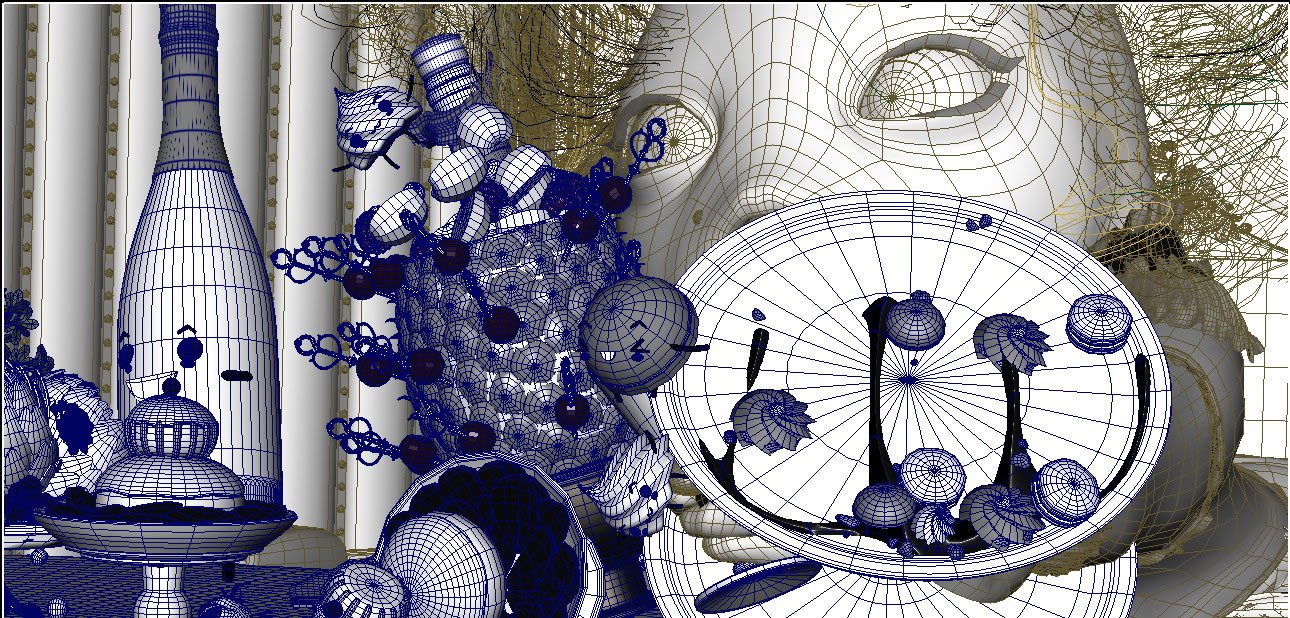
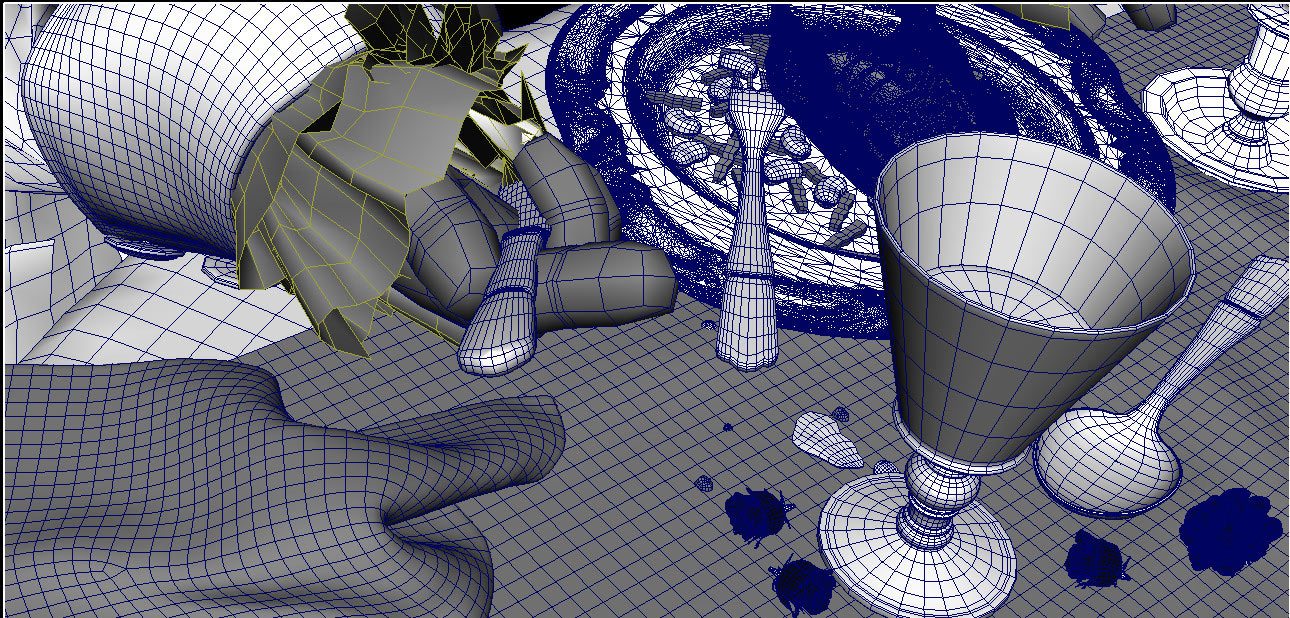
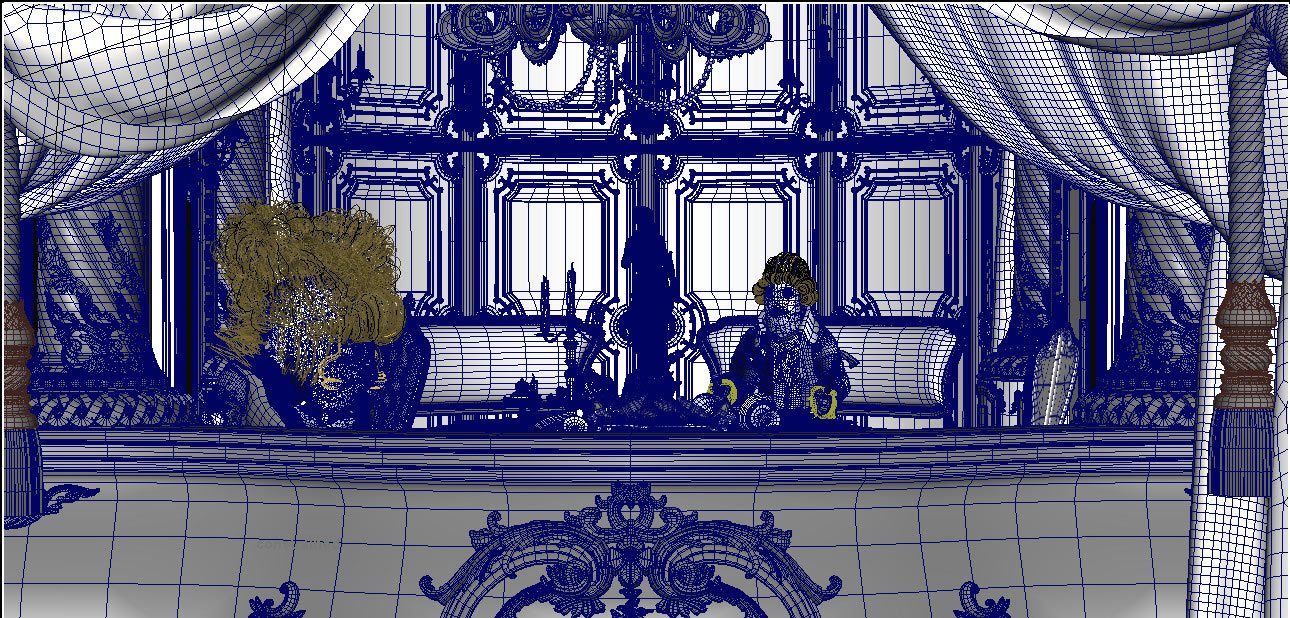

.png)